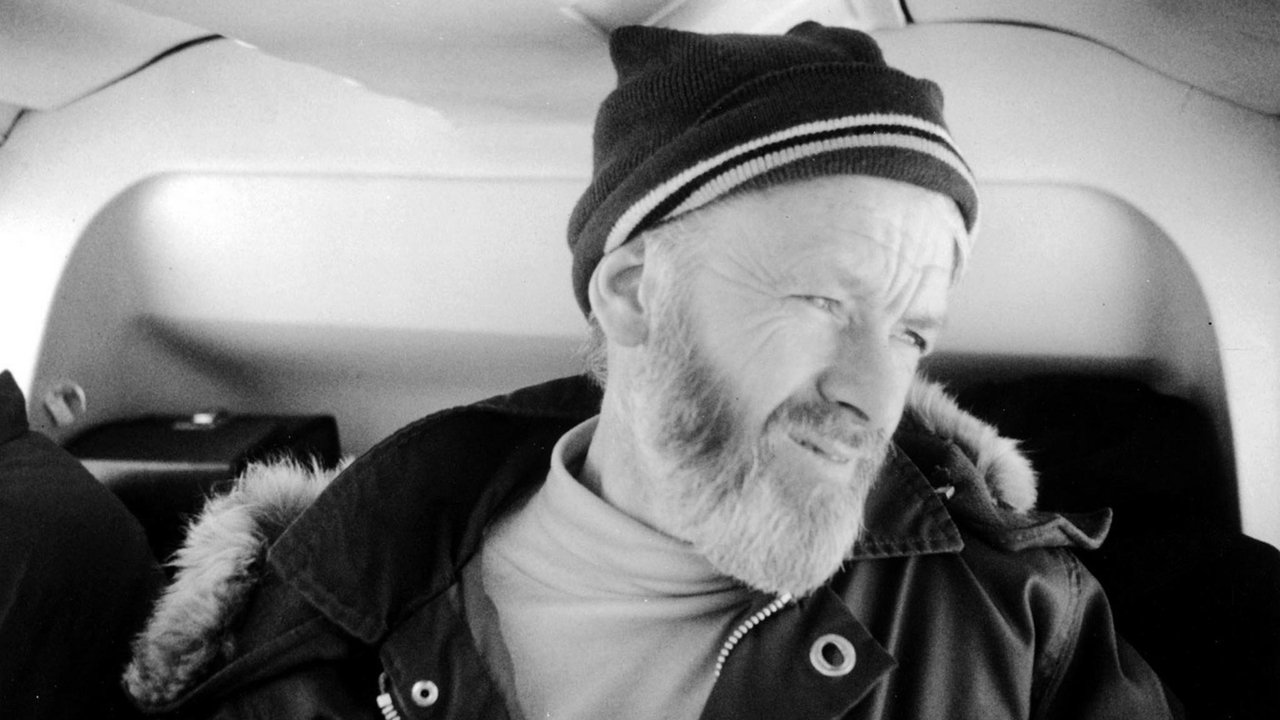
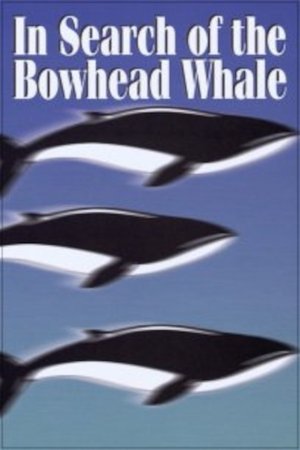
In Search of the Bowhead Whale(1974)
This adventure film features Scott McVay, an authority on whales, and filmmaker Bill Mason. The objective was to film the bowhead, a magnificent inhabitant of the cold Arctic seas brought to the edge of extinction by overfishing. With helicopter and Inuit guide, aqualungs and underwater cameras, the expedition searches out and meets the bowhead and beluga.

Movie: In Search of the Bowhead Whale

In Search of the Bowhead Whale
HomePage
Overview
This adventure film features Scott McVay, an authority on whales, and filmmaker Bill Mason. The objective was to film the bowhead, a magnificent inhabitant of the cold Arctic seas brought to the edge of extinction by overfishing. With helicopter and Inuit guide, aqualungs and underwater cameras, the expedition searches out and meets the bowhead and beluga.
Release Date
1974-05-01
Average
0
Rating:
0.0 startsTagline
Genres
Languages:
EnglishKeywords
Similar Movies
 0.0
0.0The Cradle of Whales(en)
Thanks to sophisticated equipment, marine biologists have managed to capture unprecedented scenes of the intimate life of humpback whales off the Australian coast. A spectacular immersion in the intimate life of this mysterious species. Off the coast of the Kimberley in northwestern Australia is a major breeding ground for humpback whales. Thanks to sophisticated equipment, such as aerial cameras on board quadrotors or innovative night vision technologies, Curt and Micheline Jenner, whale researchers, capture unprecedented scenes revealing the behavior of cetaceans.
People of the Seal, Part 1: Eskimo Summer(en)
The first of two coproductions by the British Broadcasting Corporation and the National Film Board of Canada, People of the Seal, Part 1: Eskimo Summer is compiled from some of the most vivid footage ever filmed of the life of the Netsilik Inuit in the Kugaaruk region (formerly Pelly Bay) of the Canadian Arctic. The original films of the Netsilik series attempted to recreate the traditional lifestyle of Netsilingmiut living there. They show the incredible resourcefulness of the Netsilik (People of the Seal) who have adapted to one of the world's harshest environments. Part 1: Eskimo Summer shows how Inuit families prepare for winter by hunting seal, birds and caribou and by fishing for Arctic Char during the extended hours of daylight.
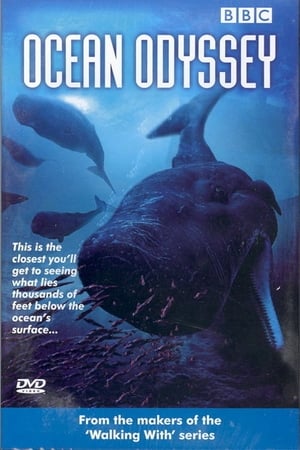 7.4
7.4Ocean Odyssey(en)
The largest predator on the planet, the sperm whale, is your host for an amazing exploration of the final frontier – the world at the bottom of the ocean. From the makers of the Walking With series comes this incredible marine tour, in which you'll witness a rarely seen world of hidden mountain ranges, majestic canyons, volcanoes and the beautiful and often deadly creatures that inhabit the deep sea.
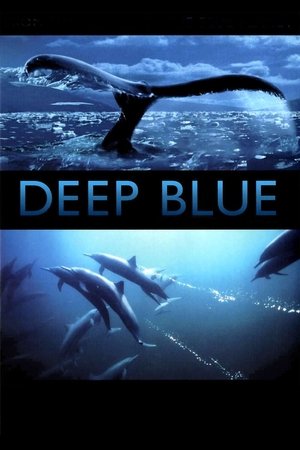 6.8
6.8Deep Blue(en)
Deep Blue is a major documentary feature film shot by the BBC Natural History Unit. An epic cinematic rollercoaster ride for all ages, Deep Blue uses amazing footage to tell us the story of our oceans and the life they support.
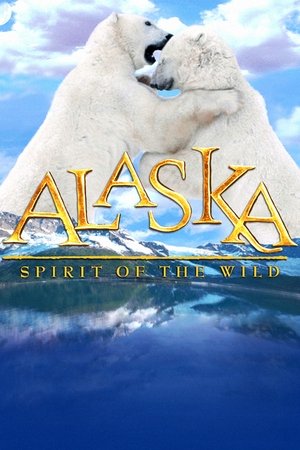 6.9
6.9Alaska: Spirit of the Wild(en)
Alaska... Here, in this vast and spectacularly beautiful land teeming with abundant wildlife, discover the "Spirit of the Wild." Experience it in the explosive calving of glaciers, the celestial fires of the Aurora Borealis. Witness it in the thundering stampede of caribou, the beauty of the polar bear and the stealthful, deadly hunt of the wolf pack.
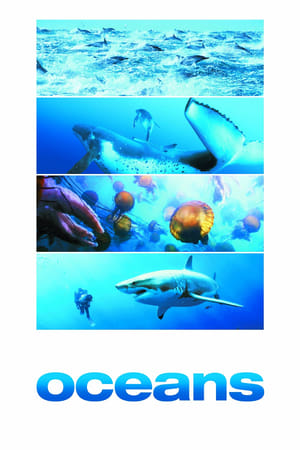 7.4
7.4Oceans(en)
An ecological drama/documentary, filmed throughout the globe. Part thriller, part meditation on the vanishing wonders of the sub-aquatic world.
 6.0
6.0The Boy of The Fish(ar)
"The Boy Of The Fish" follows Noon, a young boy living in a Syrian refugee camp, who finds solace and a sense of freedom in a whale-shaped doll he names "Bahr." Set against the challenging realities of camp life, Noon’s journey is both a story of resilience and a testament to the boundless imagination of childhood. Through vivid symbolism and a unique soundscape, the film explores themes of loss, hope, and the longing for freedom amidst confinement. Shot entirely on an iPhone due to restrictions in the conflict zone, the film combines raw authenticity with poetic depth to capture the emotional landscape of a young soul navigating adversity.
 5.4
5.4Fathom(en)
Two biologists set out on an undertaking as colossal as their subjects—deciphering the complex communication of whales. Dr. Michelle Fournet and Dr. Ellen Garland journey to opposite hemispheres to uncover a culture eons older than our own.
 6.0
6.0OceanWorld 3D(en)
A 3-D documentary chronicling a sea turtle's journey across the oceans.
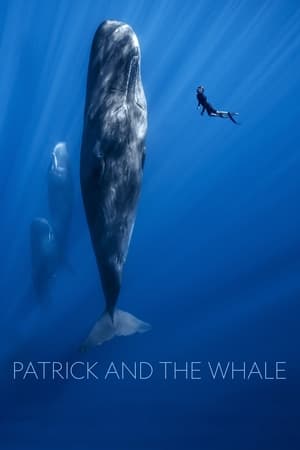 4.6
4.6Patrick and the Whale(en)
Marine videographer Patrick Dykstra explores the wondrous world of whales in this breathtaking and revealing documentary.
 6.4
6.4The Silent World(fr)
Join renowned explorer Jacques-Yves Cousteau as he investigates aquatic habitats worldwide, showcasing whales, sharks, and diverse marine life. The film highlights the brutal realities of nature while capturing the wonder of underwater exploration, as the team ventures into previously unseen ocean depths.
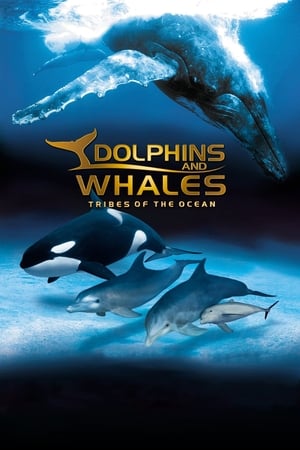 6.5
6.5IMAX Dolphins and Whales: Tribes of the Ocean(en)
This documentary goes to coral reefs of the Bahamas and the waters of the Kingdom of Tonga for a close encounter with the surviving tribes of the ocean: wild dolphins and belugas, the love of a Humpback mother for her newborn calf, the singing Humpback males, an orca the mighty King of the ocean, and the gentle manatee. Little-known aspects of these creatures capable of sophisticated communication and social interaction. Documents the life of these graceful, majestic yet endangered sea creatures
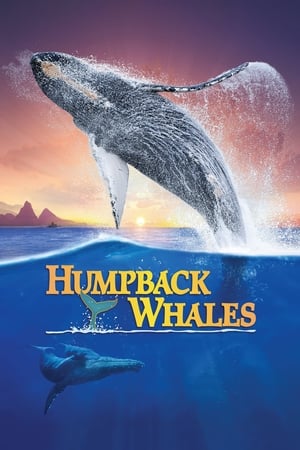 7.2
7.2Humpback Whales(en)
Humpback Whales takes audiences to Alaska, Hawaii and the Kingdom of Tonga for a close-up look at how these whales communicate, sing, feed, play and take care of their young. Humpbacks were nearly driven to extinction 50 years ago, but today are making a steady recovery. Join a team of researchers as they explore what makes humpbacks the most acrobatic of all whales, why only the males sing, and why these intelligent 50-foot, 48-ton animals migrate more than 6,000 miles round-trip every year.
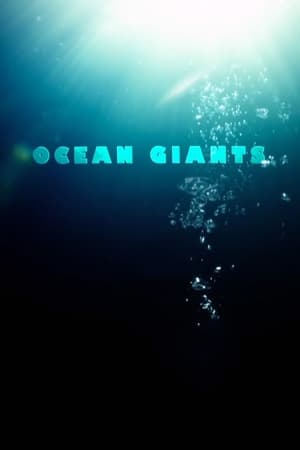 8.0
8.0Ocean Giants(en)
A 3-part documentary granting a unique and privileged access into the magical world of whales and dolphins, uncovering the secrets of their intimate lives as never before. Episode 1: Giant Lives / Episode 2: Deep Thinkers / Episode 3: Voices of the Sea
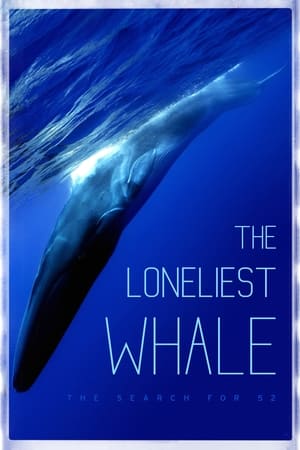 7.3
7.3The Loneliest Whale: The Search for 52(en)
THE LONELIEST WHALE is a cinematic quest to find the “52 Hertz Whale,” which scientists believe has spent its entire life in solitude calling out at a frequency that is different from any other whale. As the film embarks on this engrossing journey, audiences will explore what this whale’s lonely plight can teach us — not just about our changing relationship to the oceans, but to each other. Executive Produced with Leonardo DiCaprio and Adrian Grenier.
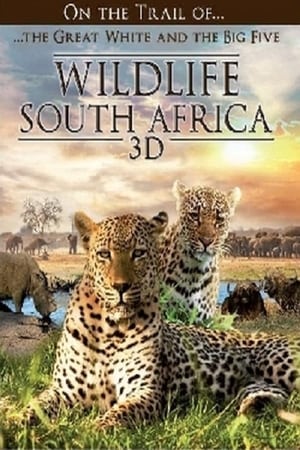 8.2
8.2Wildlife South Africa 3D(en)
In this three part documentary we look at all topics South Africa has to offer. THE BIG FIVE focuses on the kings of animals, lion, rhinoceros, elephant, leopard and the African buffalo. Armed with 3D cameras, we visited the Kings of the savannah and the jungle, where we sensed the fascination that emanates from the largest animals in the wild. In SAFARI we look behind the scenes of a park and found out what it means to pursue eco-tourism and just what the opportunities and the risks are. Finally, we discover the WEST CAPE region and its unique flora and fauna, swim with whales and sea lions, follow penguins and – as a highlight – we meet the white sharks. Join us on a spectacular 3D journey.
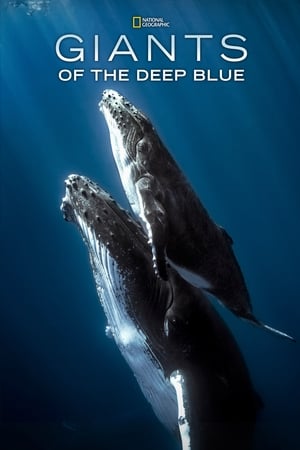 6.4
6.4Giants of the Deep Blue(en)
Pre-historic giants roam the world's oceans. Go beneath the surface of the sea for an extraordinary look & listen at these majestic creatures, as we explore their social behavior & hunting strategies.
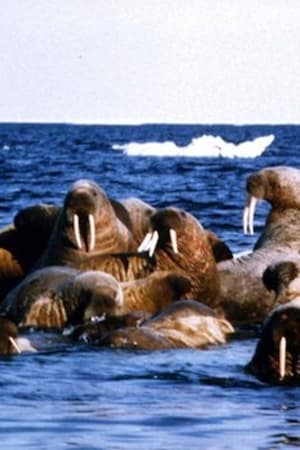 0.0
0.0Edge of Ice(en)
This feature documentary highlights the nature of Arctic sea ice, and its crucial importance to life in the Far North. Underwater photography presents rare views of some of the most spectacular wildlife, with micro- and macro-photography enhancing the world within the individual ice crystals. Footage from Inuit hunting camps at the floe’s edge illuminate the relationship between the Arctic people and their intricate ecosystem.
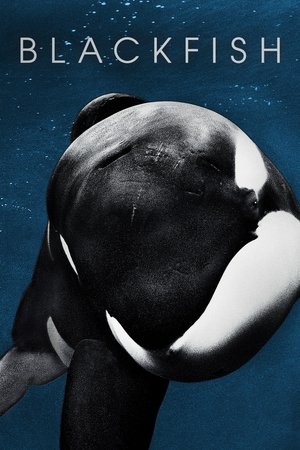 7.8
7.8Blackfish(en)
Notorious killer whale Tilikum is responsible for the deaths of three individuals, including a top killer whale trainer. Blackfish shows the sometimes devastating consequences of keeping such intelligent and sentient creatures in captivity.
The Bear Inside a Whale(en)
Stan Hill Jr. is a Haudenosaunee artist living in Miawpukek First Nation Reserve, Conne River, Newfoundland. In “The Bear Inside a Whale,” he and his family discuss racism, identity, religion, creation and art, along with the cultural extinction of the Beothuk of Newfoundland. Throughout the film, we follow Stan carving a bear out of a whale vertebra. And we visit The Rooms (museum) in St. John’s, Newfoundland, where Stan talks about viewing and reclaiming Indigenous artefacts.